I will introduce how to raise medaka in a biotope. I will also explain how to easily create a biotope to keep medaka outdoors.
Raising Medaka in an Outdoor Biotope is Recommended
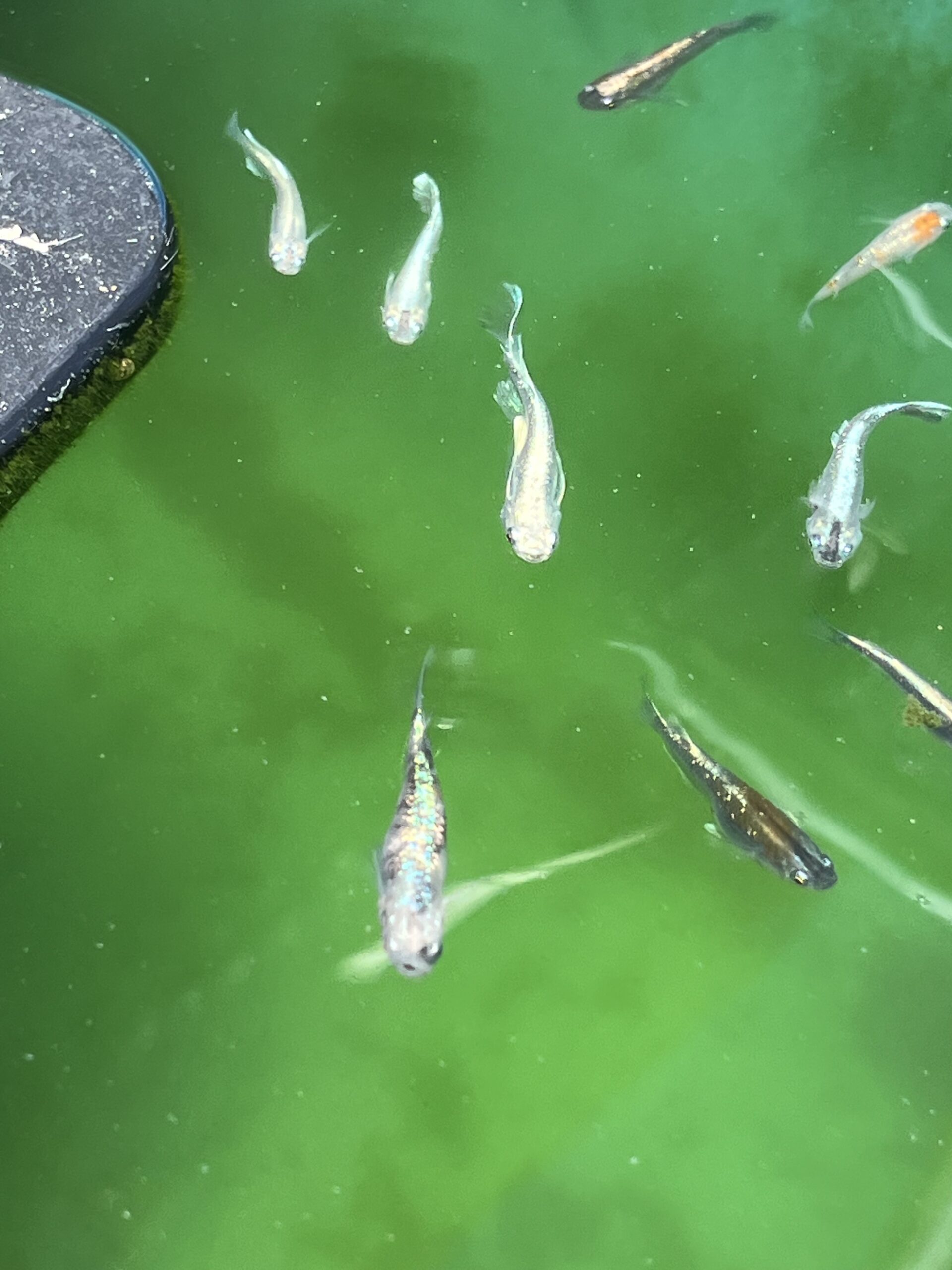
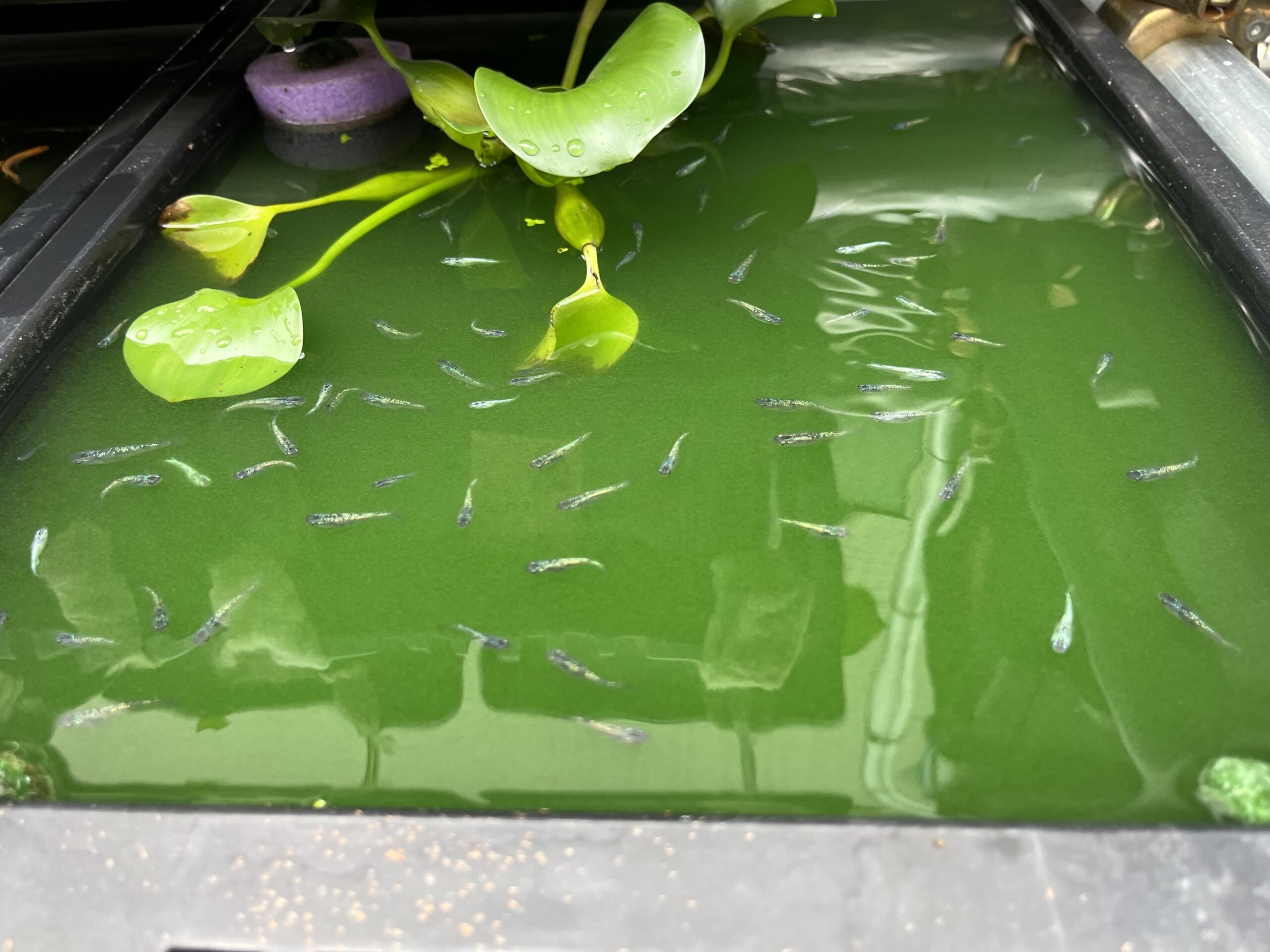
Raising medaka in an outdoor biotope is recommended. Medaka rarely get sick when kept outdoors. On the other hand, when kept in a tank, they are more prone to disease, grow slower, and lay fewer eggs.
However, when raised in a biotope under sunlight, medaka grow quickly and become large, and the number of eggs they lay is significantly higher.
It’s Cost-Effective
Additionally, raising medaka in an outdoor biotope is not only less troublesome but also cost-effective. The essential items for a biotope are:
Soil
Water plants
These are the only three essentials. Containers can be found at 100 yen shops, so you can create a biotope for under 1,000 yen, including the cost of the medaka. Even if you purchase a lotus pot for the biotope, it will only cost a few thousand yen.
On the other hand, indoor tank keeping requires a tank stand, tank, filter, light, and other items, costing at least around 10,000 yen.
Raising medaka in an outdoor biotope is highly cost-effective and allows medaka to live more healthily.
https://www.aru-na.net/post-2671
What is a Medaka Biotope?
A biotope is an artificially created natural environment, but nowadays it refers to a small outdoor water body. Unlike a pond, a biotope includes soil at the bottom, water plants, shrimp, and other living organisms to replicate a natural environment.
In a biotope, water changes are generally not done, and it is left to nature. As a result, aquatic insects may come on their own, and water plants may sprout naturally.
Since medaka naturally inhabit shallow, still waters, a biotope closely mimics their natural environment, making them robust and long-lived.
What You Need to Prepare for a Medaka Biotope
| What You Need to Prepare for a Medaka Biotope | |
| Container (lotus pot, tub, planter, etc.) | Essential |
| Soil | Almost essential |
| Water plants | Highly recommended |
| Snails and shrimp | Highly recommended |
| Bamboo blinds, sunshades | Highly recommended (essential in direct sunlight) |
| Dechlorinator | Highly recommended |
| Net | Highly recommended |
| Bucket | Highly recommended |
| Cleaning hose | Highly recommended |
Introducing what you need to prepare for a medaka biotope.
Container (Lotus Pot, Tub, Planter, etc.)
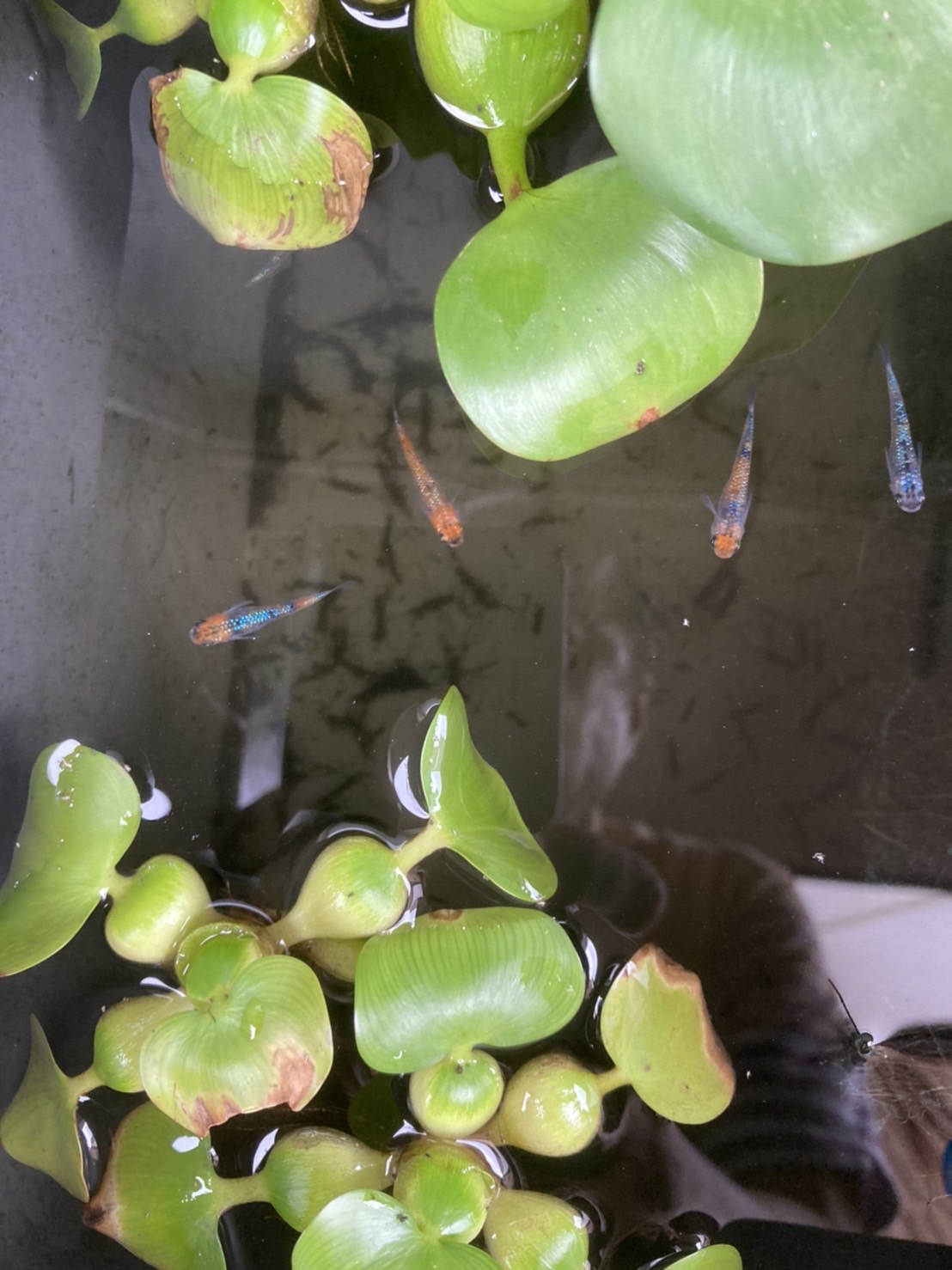
For a medaka biotope, you need a container (lotus pot, tub, planter, etc.) to hold the medaka. Any container that holds water and has a wide surface area, like a tub, is fine.
The image shows a 14-liter container sold for 200 yen at Daiso. I use this container for breeding parent medaka. Even with such inexpensive containers, you can create a biotope.
Of course, you can also use a glass tank. The container should be at least 3 to 5 liters in size, but smaller volumes may lead to high temperatures in summer or freezing in winter. Larger volumes stabilize water quality and reduce problems, so a capacity of 10 liters or more is recommended.
Soil
In a medaka biotope, soil is placed at the bottom. While you can keep medaka without soil, it is generally included for ornamental biotopes. Soil prevents the growth of phytoplankton that turns the water green.
Soil absorbs organic matter, which serves as food for phytoplankton, keeping the water clear. The most common types of soil are akadama soil, arakida soil, and Fuji sand, with akadama soil being the most popular.
Akadama soil is inexpensive and keeps the water clear, making it suitable for medaka biotopes. Specialized soil for fish sold in pet stores is also recommended.
https://sanlaizu.co.jp/medaka-guide/post-2533/
Water Plants
It is recommended to include water plants in a biotope. Water plants not only absorb impurities from the water but also provide hiding spots and shade to prevent water temperature from rising. However, not all water plants are suitable.
Only cold-hardy water plants should be chosen, as non-native plants may not survive the winter. Matsumo and anacharis are commonly used in medaka biotopes. Additionally, aquatic plants like pothos and water hyacinth are good options. These plants grow large above the water surface and provide shade to protect medaka from direct sunlight.
https://sanlaizu.co.jp/medaka-guide/post-2502/
Snails and Shrimp
Adding snails and shrimp to a medaka biotope is recommended as they help clean up uneaten food. Among shrimp, the southern marsh shrimp is strong against heat and cold and can reproduce within the biotope. Snails, such as Japanese trapdoor snails, are most preferred due to their cleaning abilities, but ramshorn snails are also effective.
https://sanlaizu.co.jp/medaka-guide/post-2504/
Bamboo Blinds and Sunshades
Since biotopes are set up outdoors, they can reach temperatures above 40 degrees Celsius in summer sunlight. Therefore, placing a biotope in direct sunlight can be fatal for medaka.
If you place a biotope in a sunny spot, use bamboo blinds or sunshades to protect it from direct sunlight.
Other Items
Other useful items include a net for catching medaka, dechlorinator, a bucket, and a cleaning hose. However, unlike tank keeping, these are not absolutely necessary. Dechlorinator can be skipped if you let the water sit for a while to remove chlorine, and frequent water changes are not needed for a biotope.
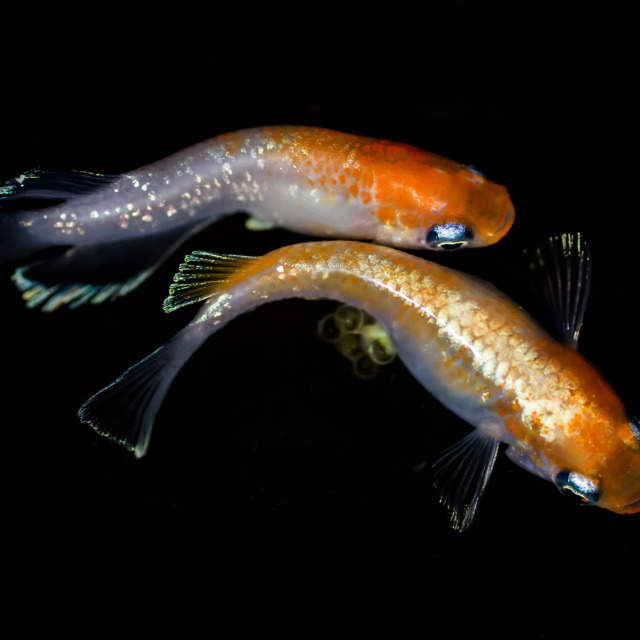

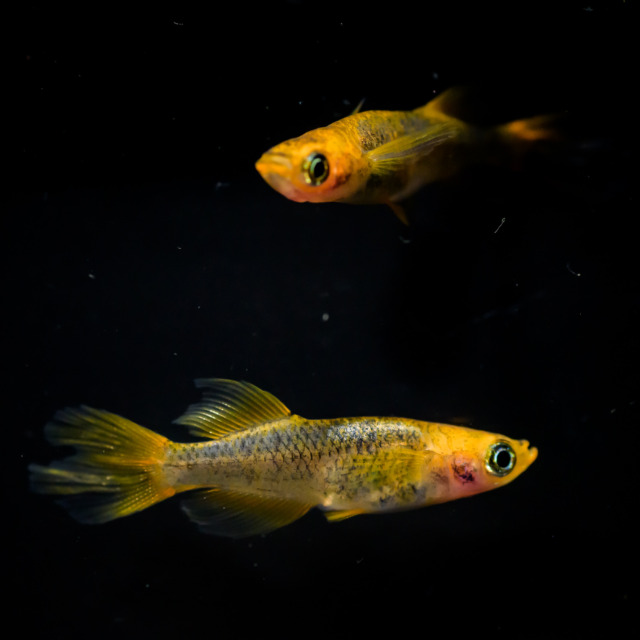

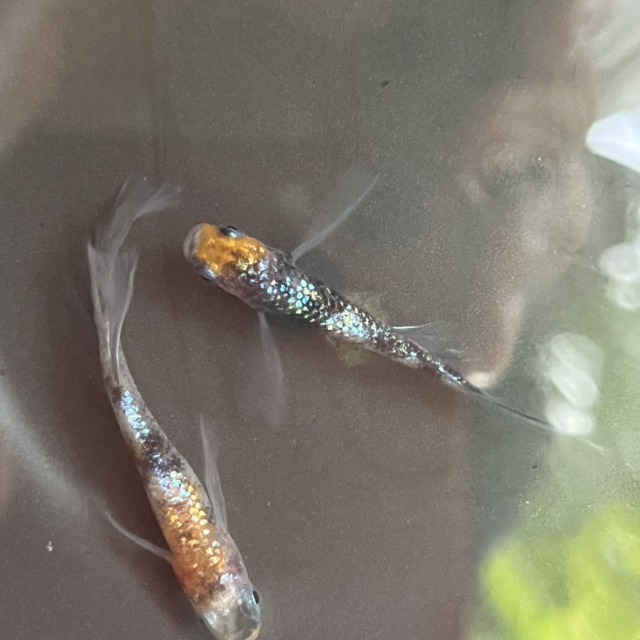
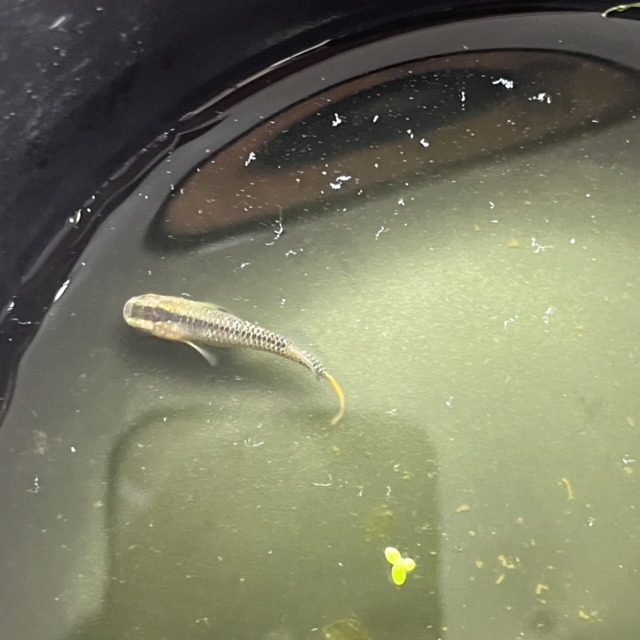
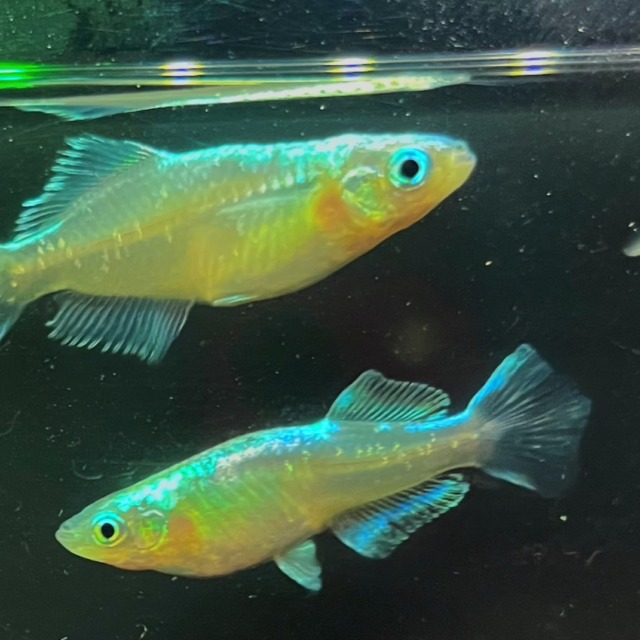
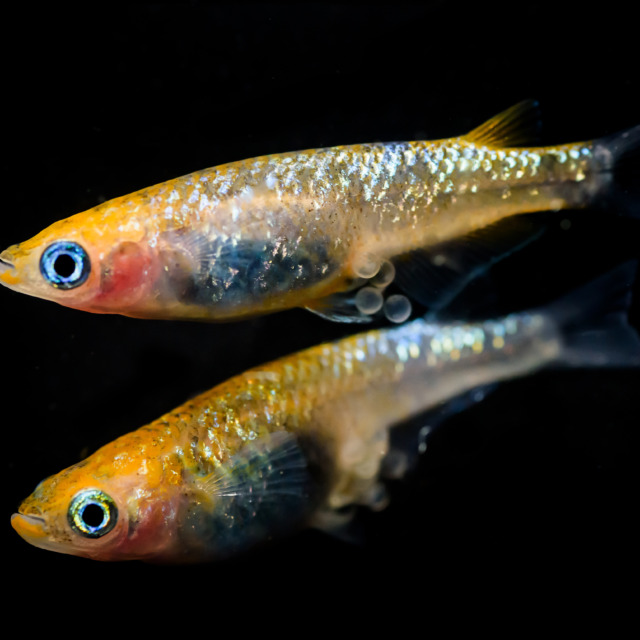



No comments yet.